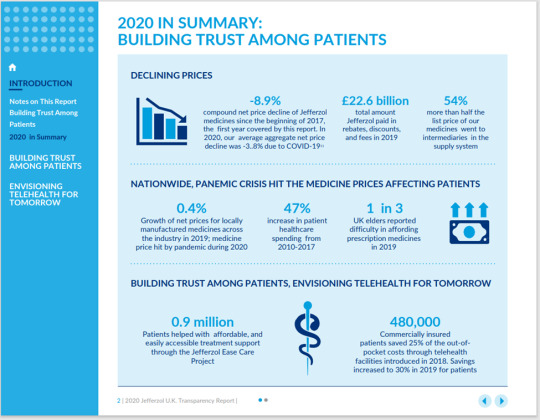#ProposalStructure
Explore tagged Tumblr posts
Text
The Importance of Research in Crafting Effective Business Proposals
Report proposal: Frequently Asked Inquiries Explained
1.What are the 5 steps of writing a business proposal?
The five steps of writing a business proposal are:
1. **Research**: Understand the client's needs and the market.
2. **Outline**: Structure your proposal with key sections.
3. **Draft**: Write the proposal, including objectives, solutions, and pricing.
4. **Review**: Edit for clarity, coherence, and accuracy.
5. **Submit**: Present the proposal professionally and follow up if necessary.
2. Does a report need an introduction?
Yes, a report typically needs an introduction. The introduction provides context, outlines the purpose of the report, and presents the main topics or questions that will be addressed. It helps orient the reader and sets the stage for the content that follows, making it easier to understand the report's objectives and significance.
3. What is a progress report?
A progress report is a document that provides an update on the status of a project or task. It outlines completed work, ongoing activities, challenges faced, and future. Typically used in professional or academic settings, it helps keep stakeholders informed and ensures that objectives are being met in a timely manner.
4. What is in a technical report?
A technical report typically includes a title page, abstract, introduction, methodology, results, discussion, conclusion, and references. It may also contain appendices for supplementary information. The report presents research findings, technical data, or project details in a clear, structured format, aimed at conveying information effectively to its intended audience.
5. What type of report is a proposal?
A proposal is a type of report that outlines a plan or suggestion for a project, research, or initiative. It typically includes objectives, methodology, budget, and benefits, aiming to persuade stakeholders to approve or fund the proposed idea. Proposals can be formal or informal and are often used in business, academia, and non-profit sectors.

Visit: VS Website See: VS Portfolio
0 notes
Text
A Step-by-Step Guide to Achieving Approval
Report proposal: Q & A Tutorial
1.What is the best structure for a proposal?
A well-structured proposal typically includes the following sections:
1. Title Page
2. Executive Summary
3. Introduction
4. Problem Statement
5. Objectives
6. Proposed Solution/Approach
7. Implementation Plan
8. Budget
9. Evaluation/Impact Assessment
10. Conclusion
11. Appendices (if needed)
This structure ensures clarity and effectively communicates your ideas.
2. What is the main purpose of business proposal?
The main purpose of a business proposal is to persuade potential clients or investors to support a project or venture. It outlines the objectives, strategies, and benefits, demonstrating how the proposed solution meets specific needs. A well-crafted proposal aims to secure funding, partnerships, or contracts by clearly presenting value and feasibility.
3. What are the 7 parts of a research proposal?
The seven parts of a research proposal typically include:
1. Title
2. Introduction/Background
3. Research Questions/Objectives
4. Literature Review
5. Methodology
6. Expected Outcomes
7. References/Bibliography
These components help outline the purpose, significance, and approach of the proposed research.
4. How to write a report proposal?
To write a report proposal, start with a clear title and introduction outlining the purpose. Include objectives, methodology, and the significance of the report. Detail the timeline and resources needed. Conclude with a call to action or summary. Ensure the proposal is concise, organized, and tailored to the audience's interests.
5. What are the key points in a business proposal?
Key points in a business proposal include an executive summary, problem statement, proposed solution, market analysis, marketing strategy, operational plan, financial projections, and a conclusion. Each section should clearly outline the project's goals, benefits, and feasibility to persuade stakeholders or investors to support the initiative. Clarity and conciseness are essential throughout the proposal.

Visit: VS Website See: VS Portfolio
0 notes
Text
Structuring Your Proposal: Key Components for Research Success
Report proposal : Top Questions Answered
1.How do you write a report proposal?
To write a report proposal, start with a title and an introduction outlining the purpose. Include objectives, methodology, and the significance of the report. Provide a timeline and budget if necessary. Conclude with a summary of expected outcomes. Ensure clarity and conciseness throughout, and tailor it to your audience's needs.
2. What is the structure of a proposal report?
A proposal report typically includes the following sections:
1. Title Page
2. Executive Summary
3. Introduction
4. Problem Statement
5. Objectives
6. Methodology
7. Budget/Resources
8. Timeline
9. Conclusion
10. Appendices (if needed)
This structure helps present the proposal clearly and logically, facilitating understanding and evaluation by the intended audience.
3. What is a research report proposal?
A research report proposal is a document outlining a planned research project. It includes the research question, objectives, methodology, and significance of the study. The proposal aims to convince stakeholders, such as academic committees or funding bodies, of the project's feasibility and importance, often detailing how the research will contribute to existing knowledge in the field.
4. Why do we write a report or proposal?
We write a report or proposal to communicate information, findings, or recommendations clearly and effectively. Reports summarize research or projects, while proposals outline plans or solutions to persuade stakeholders for approval or funding. Both serve to inform decision-making and facilitate understanding among audiences.
5. What is structure of a report?
A report typically consists of the following structure:
1. Title Page
2. Table of Contents
3. Introduction
4. Methodology
5. Findings/Results
6. Discussion/Analysis
7. Conclusions
8. Recommendations (if applicable)
9. References/Bibliography
10. Appendices (if needed)
This format helps organize information clearly and logically for the reader.

Visit: VS Website See: VS Portfolio
1 note
·
View note